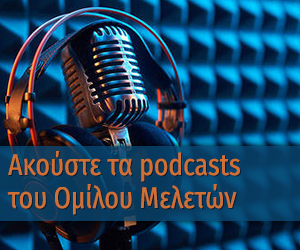Nikodemos
1. In the previous papers of this series, I examined some errors in Ouspensky’s (and some followers’) thinking, particularly with regard to the Four Canonical Gospels that purport to be one of the primary bases of Christianity, its Church and its morals.
After many years of studying the evidence for Christianity, (scriptural, literary, historical, archaeological), I concluded that the true teaching of Jesus is to be found in the Gnostic texts relating to him (excluding those relating to Judaism), though some important aspects are sparsely given in the FCG also.
The FCG by themselves are unreliable as sources both for the life of Jesus and for his teaching. This I demonstrated very briefly in papers Esotericism 3-5, and to a lesser extent 6-8. I shall revert to this subject later.
2. Before examining the chief ideas of Christ’s teaching as found in some of the early Gnostic texts, I wish to touch on a wholly disagreeable, paradoxical aspect.
This is the “esoteric” aspect which really and truly means ‘inner, confined within, special, secret, oral, not-common, not-public’. Yet in our times the secrecy and oral tradition has been broken by the very men who taught esotericism!
In Matthew 7:6 Jesus is presented as saying: “Give not that which is holy unto the dogs neither cast ye your pearls before swine, lest they trample them under their feet and turn again and rend you”.
If this is not plain enough, it is very clear in the Bhagavad Gīta 18-67 where Lord Srī Kṛṣṇa tells Arjuna, his student, friend and devotee: “This [my teaching] is not to be given ever by you to one who is not devoted, is not willing to hear, does not engage in spiritual practice and speaks ill of Me (=God, Spirit Absolute)”. And in the next stanza the Lord says that this, his “supreme secret [teaching]”, is given to those who turn to the Supreme Spirit with devotion.
3. Then again, the Mysteries in ancient and now defunct traditions were never made public to common people but only to select few, the initiates, in Greece, Egypt etc. The public were allowed only in the outer courtyards of the temples – which in Egypt and India are truly enormous. And for this reason we do not know much about them.
An echo of this is found still in monasteries where the instruction to novices and any monks who want it, is given in the inner rooms, never free of access to the visiting public. There also the monks do their prayers and other spiritual practices.
In the Christian temples much of the liturgy is performed in the open so that the faithful may participate in the worship and thanksgiving. But a significant part is performed within the sanctuary and in this the public has no participation not even entrance!
Today both the inner doctrines and the related practices have, by ever increasing publications, been made common knowledge thus violating the ancient traditions.
How could all these authors today, and serious ones like Ouspensky, embark on such writings yet, at the same time, claim that they teach esoteric doctrines meant for the few?
I shall return.


